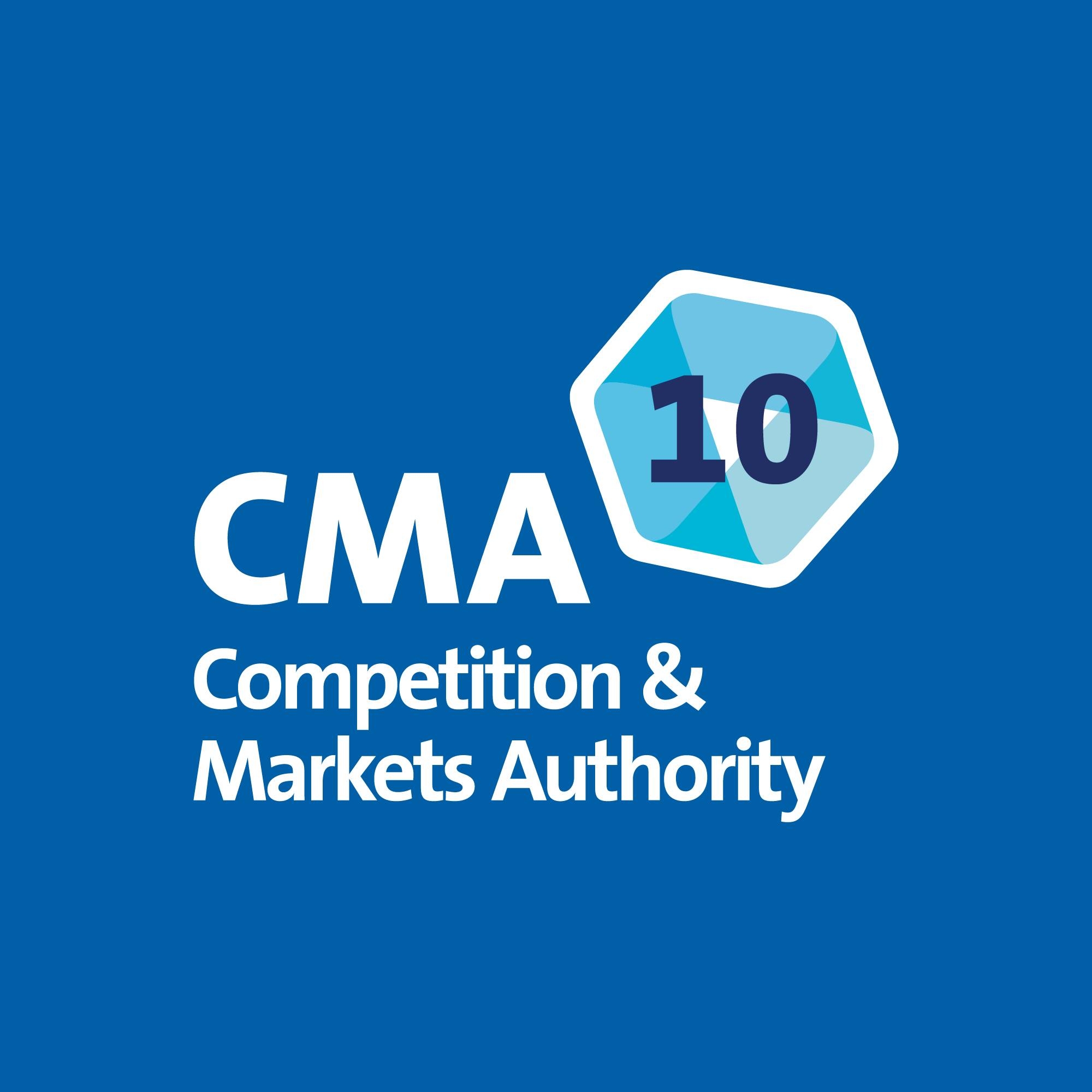I enjoyed listening to this interview with my friend and former colleague Bill Kovacic on Nick Levy’s excellent Antitrust Review podcast.
In the podcast, Bill talks about what first attracted him to antitrust and how economic and political ideas have shaped the field over the course of its history.
What particularly piqued my interest was towards the end of the conversation, where Bill talks about some of the challenges facing antitrust authorities today and how they’re trying to meet them.
It reminded me of a paper Bill wrote a few years ago with David Hyman in which they described the temptation for leaders of antitrust authorities to “consume” rather than “invest”:
“Investment in institutional capability and capacity does not result in newspaper headlines, popular acclaim, or the offer of a high-paying private sector job. Instead, it is the announcement of a “big” case or rulemaking that casts agency leadership in a positive light.”
This means that “agency leaders have a significant incentive to launch big cases or rulemaking without being overly concerned about the agency’s capability and capacity to deliver the goods”.
If you read some of the more critical media commentary, you might be forgiven for thinking that this is what the CMA is doing, especially when it comes to merger control. But from Bill’s reflections and my own experience, the striking thing is actually how hard the CMA is working to ensure its behaviour is not skewed by short-run incentives and instead to focus on long-term delivery.
As Bill explains and I can attest, the short-run pressures are real ones. I’ve written elsewhere that it can be hard to judge the success of a competition authority – so officials in government and those who produce public ratings of the agencies naturally focus on what is measurable, especially the number of cases launched and the size of the penalties imposed.
But what is measurable is not necessarily meaningful. If the CMA is measured by the number of cases it undertakes, it will be incentivised to focus on smaller and simpler cases rather than those where it could have the biggest positive impact for consumers. And if it is measured by the size of fines it imposes, it will be incentivised to focus more on high-profile breaches of competition law by individual companies, rather than solving structural problems affecting whole markets.
Funnily enough, I think when it comes to merger control the short-run incentives work differently. I sometimes hear the argument that the CMA will block a high-profile merger in order to “look good”. That is far removed from reality. In my time at the CMA, a tough stance in a consumer protection or markets case tended to get a positive public and media reception, not least because we would be taking action on a harm that consumers were already experiencing. But in mergers it’s different, partly because you’re talking about things that might happen in the future. A clearance tends to sail under the radar while a high-profile prohibition can expose an agency to criticism from businesses, politicians and sometimes other agencies internationally. If an agency is focused only on its bureaucratic and reputational incentives, it is more likely to soften merger control than strengthen it.
Bill refers to one area in which the CMA has really invested in recent years:
“[The CMA] created a formidable technical analytical capability by creating what they’ve called the Data team [now the Data and Technology Insight team]. And that was a conscious decision six, seven years ago to build a team of engineers, computer scientists, quants, analytics specialists who understood the complexities of the relevant technology and understood the direction of travel for those technologies so that they could inform judgments about how to form policy that affect those technologies. Other agencies are realizing that trying to do that type of job or design the ex ante regulatory scheme and put it in place with lawyers and economists is not quite sufficient.”
A similar approach can be seen in the creation and growth of the CMA’s Microeconomics Unit (MEU). Naturally, the vast majority of the CMA’s economists are deployed on its live cases, but thanks to the MEU the agency is also able stay abreast of emerging academic thinking and to conduct its own research into issues of competition, innovation and productivity. It is the kind of long-term investment that will pay dividends in future cases rather than today.
Another area I’d highlight is the work the CMA is doing to take a more holistic view of how to prioritise its work. Rather than each part of the organisation separately producing its own pipeline of possible cases, and then coming in turn to the leadership to get permission to launch them, the CMA under Marcus Bokkerink and Sarah Cardell has made two important changes.
First, last year it set out a new long-term strategy, taking a multi-year horizon of what areas the CMA should prioritise. Second, it created new structures internally to help it make individual choices about which projects to undertake. The Resourcing, Portfolio and Pipeline Committee (RPPC) brings together colleagues from across the CMA to ask important questions at a much earlier stage in the pipeline process. What harms are they currently seeing to consumers, businesses and the economy? Which CMA tools are best placed tackle them? Would action in this area be in line with the strategy? Can they allocate the right resources at the right time to do this work? How will they know if they have succeeded? What are the risks associated with it?
None of this is glamorous stuff and you’re unlikely to read about it all in the media but I think they are significant and positive signs about the health of the CMA.


